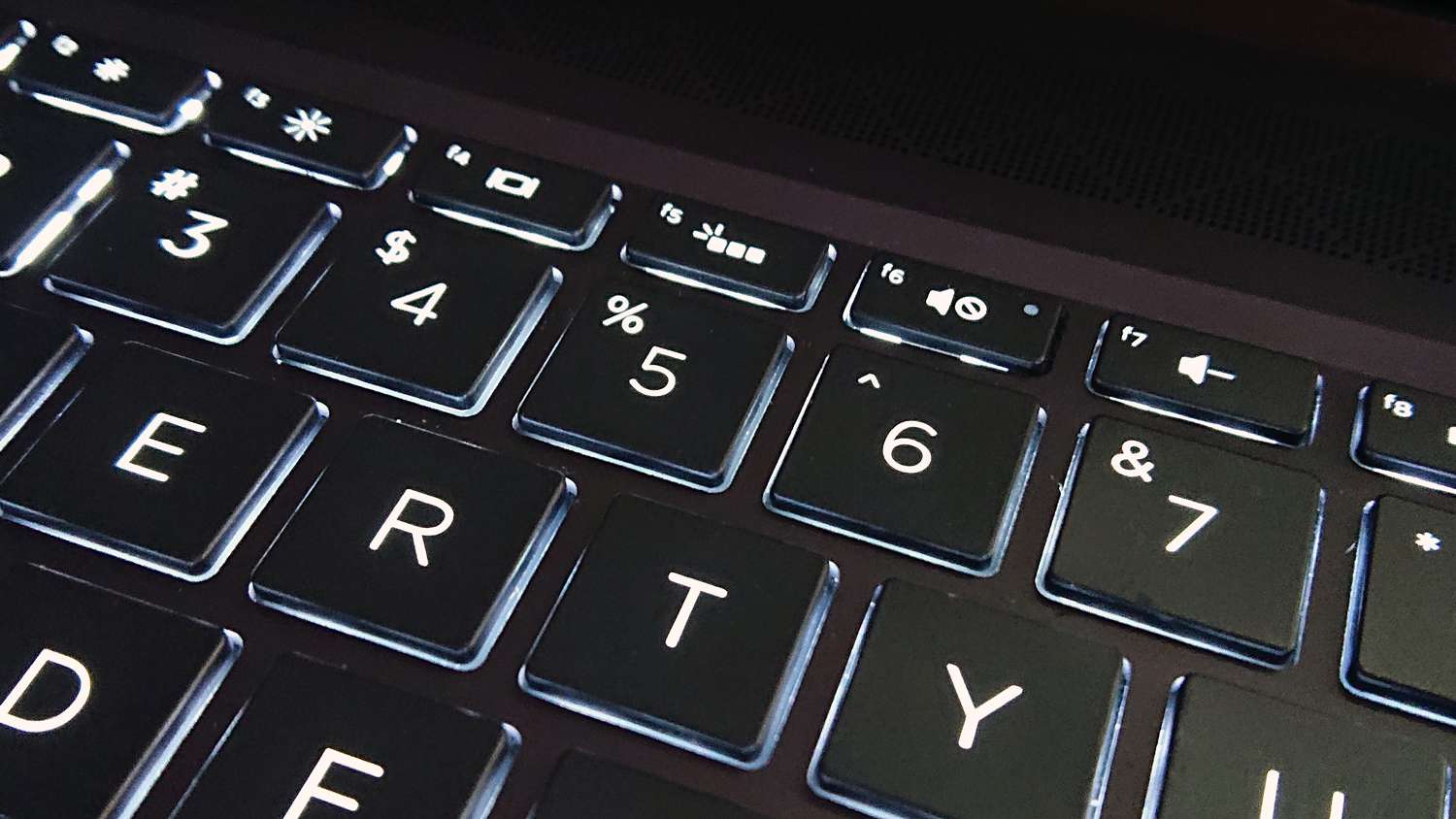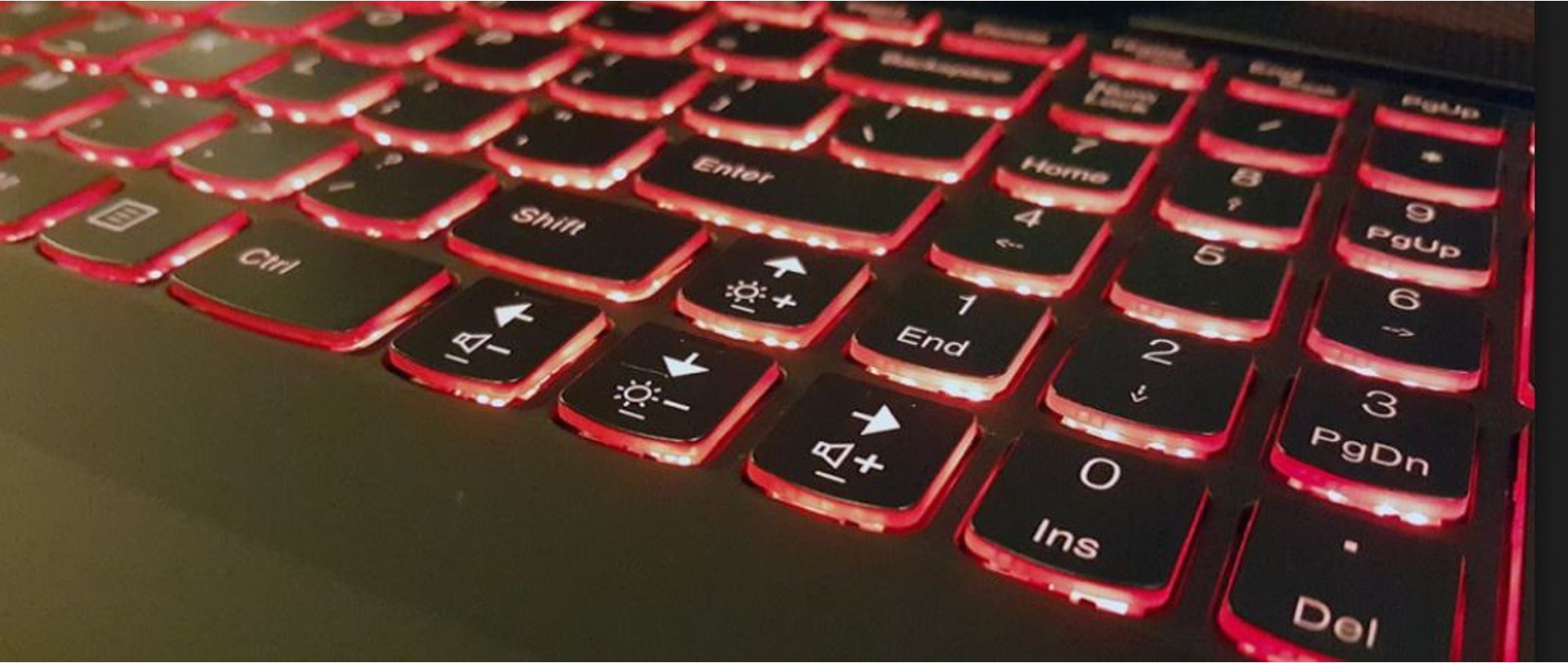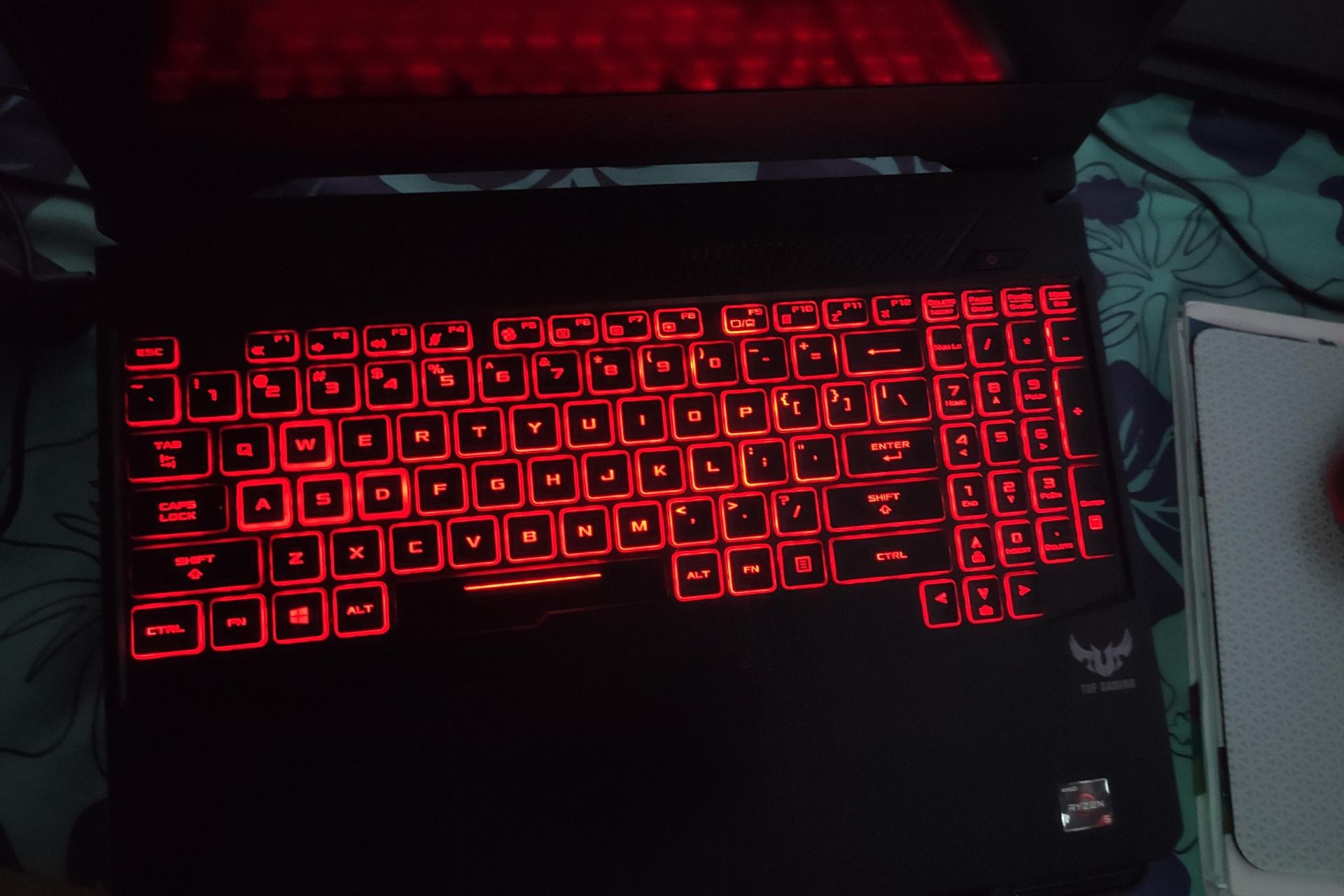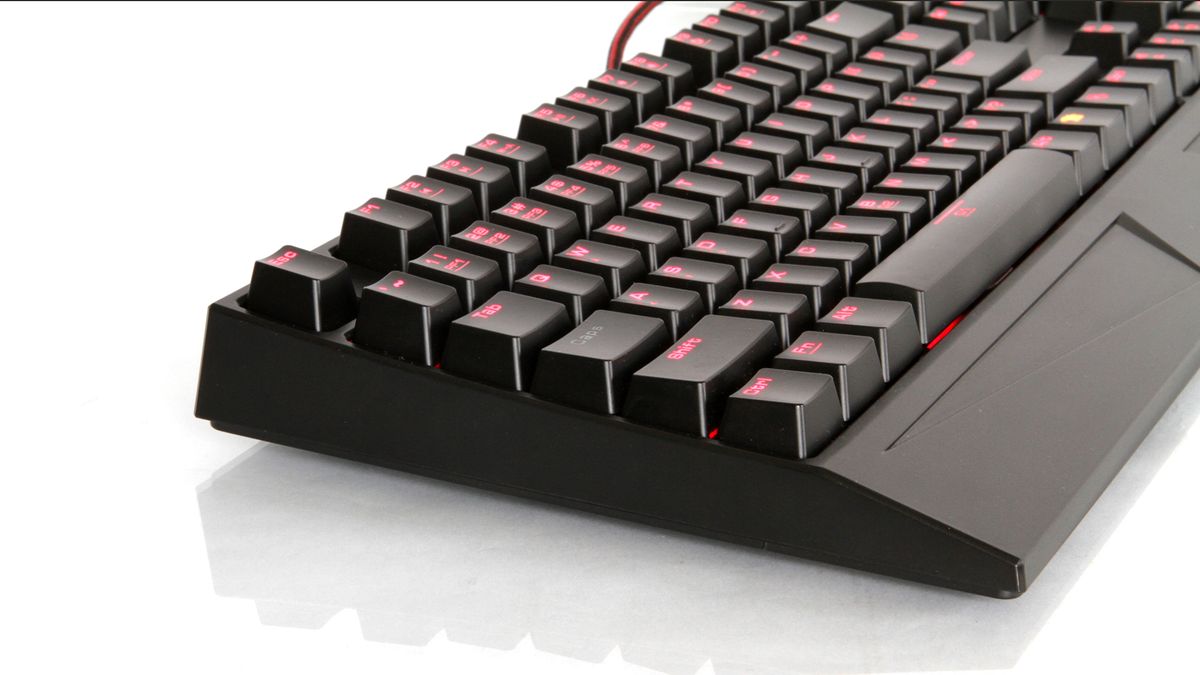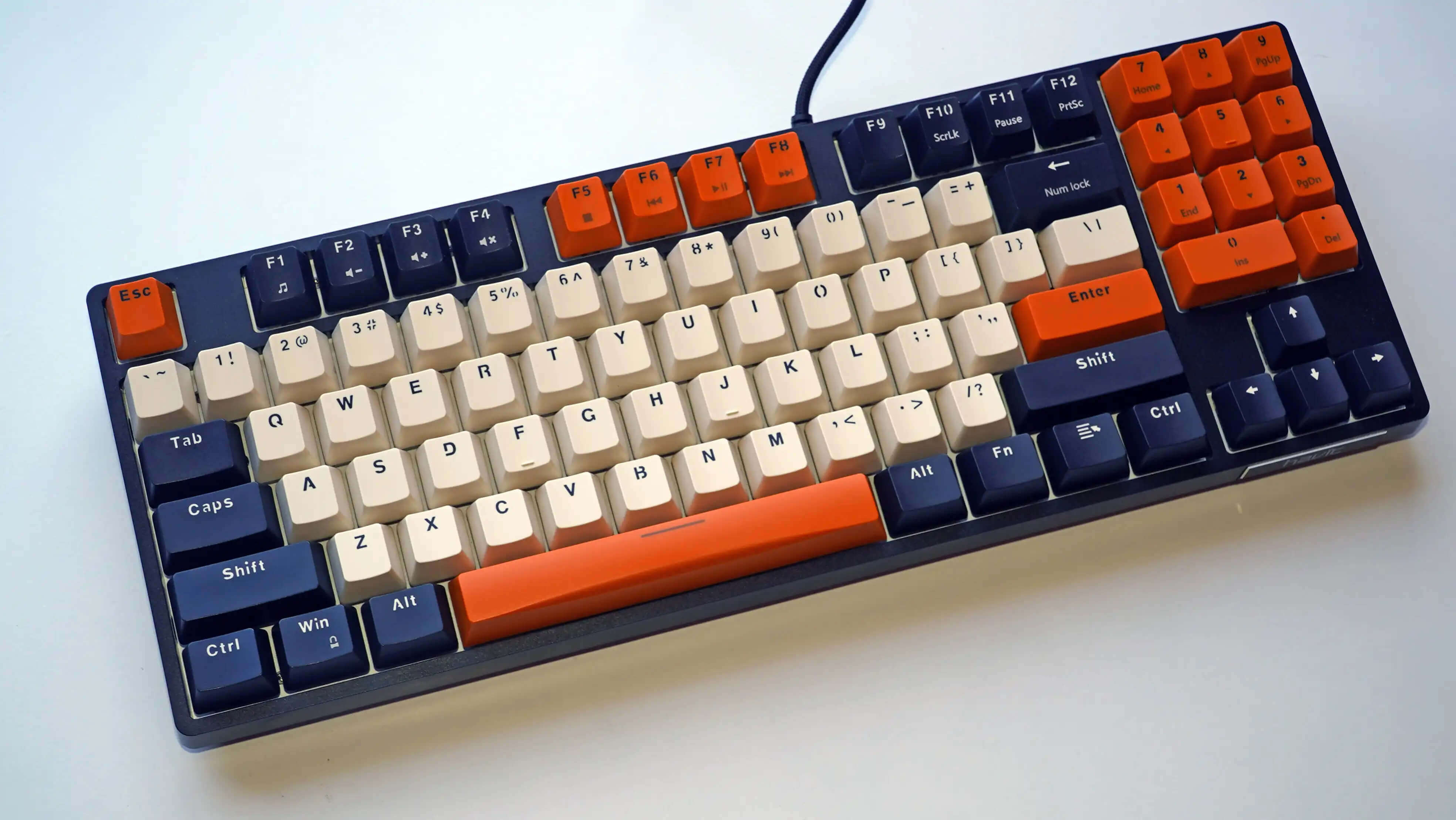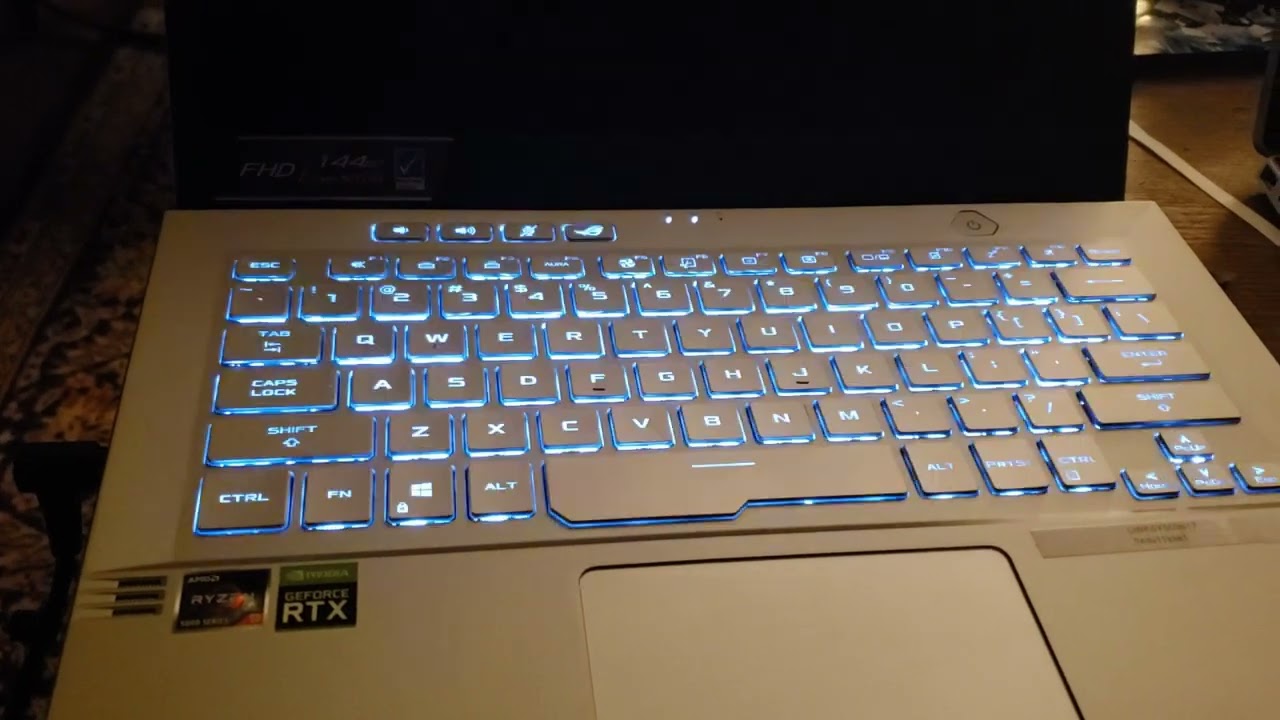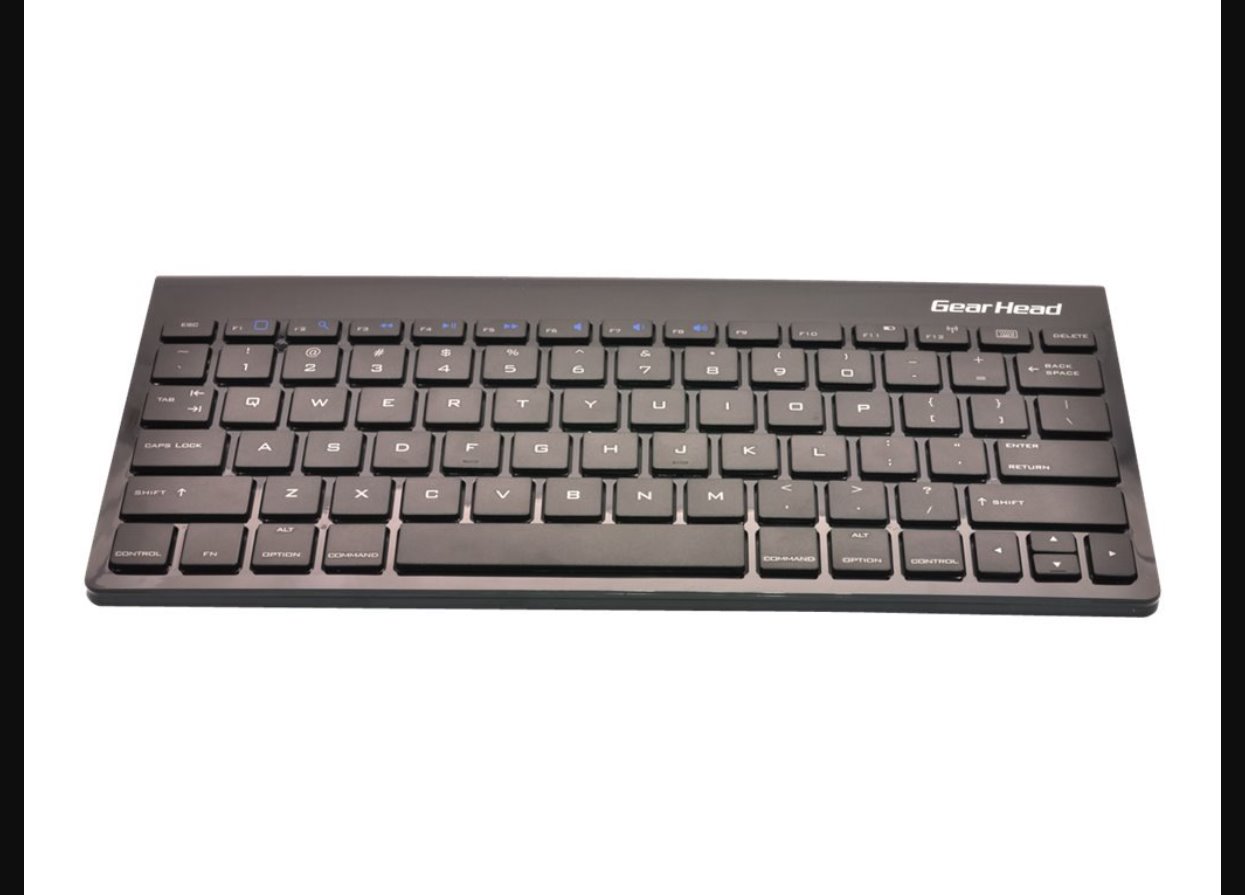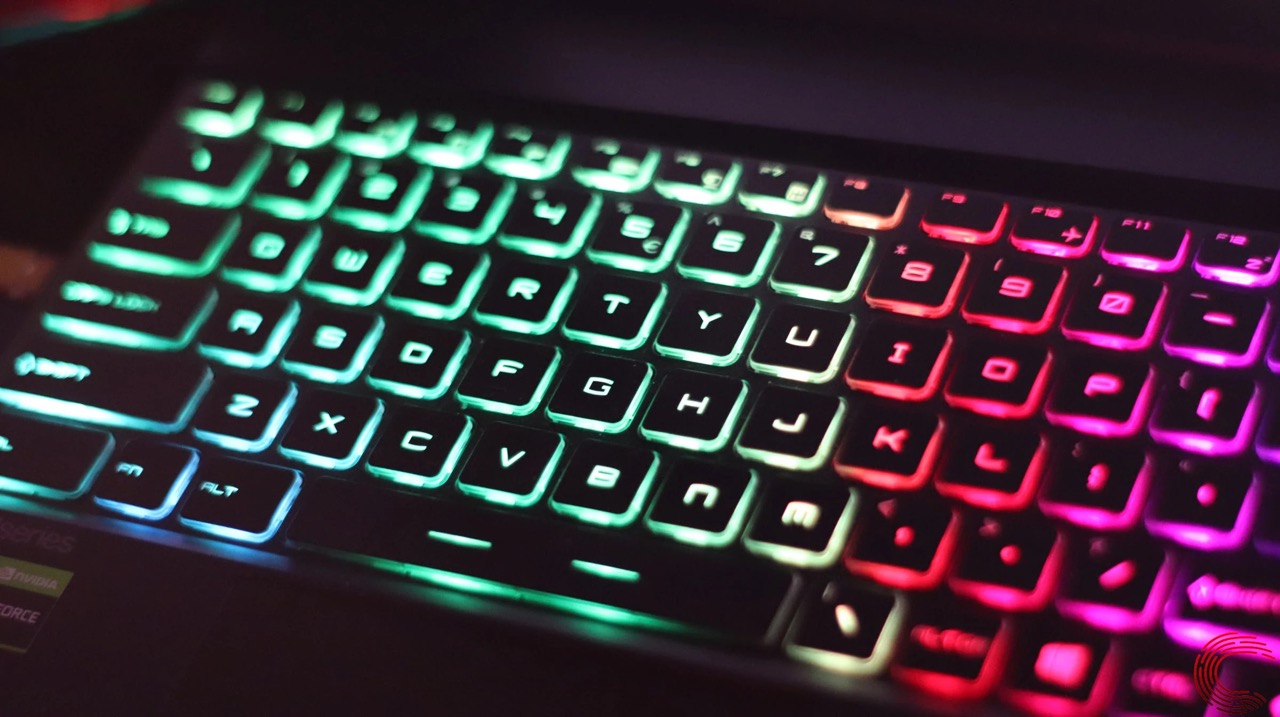Introduction
A backlit keyboard can be a handy feature, especially for those who spend long hours working or gaming on their computers. With the ability to turn on the lights on your keyboard, you can type and see the keys even in low-light or dark environments.
However, not all keyboards come with this feature enabled by default. In this guide, we will walk you through the process of turning on the lights on your keyboard, whether it’s a laptop or a desktop keyboard. We will explore different methods, including using function keys and software options.
But before we dive into the methods, let’s take a moment to understand the different types of keyboards and how backlighting works. This knowledge will help you better navigate the settings and control options available to you.
Keyboards typically come in two variants: membrane and mechanical. Membrane keyboards are generally more affordable and have a layer of rubber or silicone under the keys. On the other hand, mechanical keyboards are known for their tactile feedback and durability, with individual mechanical switches beneath each key.
Backlighting in keyboards can be achieved using various methods, such as LED (Light Emitting Diode) or RGB (Red Green Blue) lighting. LED backlighting uses white LEDs to illuminate the keys uniformly, while RGB backlighting allows for customizable colors and effects.
Now that we have a basic understanding of keyboards and backlighting, let’s proceed to explore the different methods you can use to turn on the lights on your keyboard and adjust the brightness as per your preference.
Understanding your keyboard
Before diving into the various ways to turn on the lights on your keyboard, it’s important to familiarize yourself with its layout and features. Understanding the different components and functions will help you navigate the settings and control options more effectively.
Start by identifying the function keys located at the top row of your keyboard. These keys are typically labeled with a combination of letters and symbols, such as F1, F2, F3, and so on. Function keys often have additional secondary functions, indicated by icons or text printed on the keycaps.
Some keyboards also have dedicated multimedia keys for controlling volume, playback, and other media functions. These keys may have their own backlighting or special icons so you can easily locate them in the dark.
Additionally, check if your keyboard has any specialized keys or buttons for backlight control. These buttons are usually located alongside the function keys or in a separate dedicated area on the keyboard. They may have symbols like a sun or a light bulb to represent backlighting.
While understanding the physical components of your keyboard is important, it is equally essential to know if your keyboard has any software support for controlling backlight settings. Some keyboards come with accompanying software that allows you to customize the backlight colors, effects, and brightness levels.
Take note of the brand and model of your keyboard, as this information will come in handy when searching for specific instructions or software support from the manufacturer’s website.
Now that you have a better understanding of your keyboard’s layout and features, you are ready to explore the different methods to turn on the lights on your keyboard. Whether it’s through function keys or software, we will guide you step by step to help you achieve the desired backlighting experience.
Checking for backlight options
Before attempting to turn on the lights on your keyboard, it’s important to check if your keyboard supports backlighting. Not all keyboards have this feature, so it’s necessary to determine whether your specific model offers backlight options.
The first step is to visually inspect your keyboard for any signs of backlighting. Look for symbols or indicators on the keys themselves or on the keyboard housing. This may include icons like a light bulb, a sun, or a keyboard with illuminated keys.
If your keyboard has dedicated function keys for backlight control, this is usually a good indication that your keyboard supports backlighting. These keys may have icons or labels that suggest backlight adjustment functions, such as increasing or decreasing brightness levels.
In case your keyboard does not have any visible indications, check the user manual or the manufacturer’s website for information on backlighting features. The manual should provide detailed instructions on activating and adjusting the backlight settings.
For laptops, the process may be different depending on the brand and model. Some laptops have built-in backlighting that is controlled through specific keyboard shortcuts or software settings. Consult your laptop’s user manual or the manufacturer’s website for instructions on enabling the backlight on your specific model.
If you are unable to find any information regarding backlighting options, it’s possible that your keyboard simply does not support this feature. In such cases, you may need to consider using an external keyboard that offers backlighting capabilities.
Once you have confirmed that your keyboard supports backlighting, you can proceed to the next steps to turn on the lights and adjust the backlight brightness. In the following sections, we will cover different methods to control backlighting using function keys and software options.
Backlight control using function keys
If your keyboard has function keys dedicated to controlling the backlight, you can easily turn on the lights and adjust the brightness levels using these keys.
Start by locating the function key with the backlight control icon, usually depicted as a light bulb or a sun symbol. Look for the key label or refer to the keyboard manual to identify the specific function key for backlight control.
Once you have identified the backlight control key, press and hold down the “Fn” (Function) key located near the bottom left of your keyboard. While holding down the “Fn” key, press the backlight control key to turn on the lights.
Keep in mind that the combination of keys may differ depending on your keyboard model and manufacturer. Some keyboards may use a different key combination, such as “Ctrl” or “Alt” instead of “Fn”. Refer to the user manual or the manufacturer’s website for the correct key combination for your specific keyboard.
Turning on the backlight with the function keys usually activates the default brightness level. To adjust the backlight brightness, use the corresponding function keys with brightness control icons. These keys are typically labeled with up and down arrows or sun icons.
While holding down the “Fn” key, press the brightness control key with the up arrow to increase the brightness, or press the brightness control key with the down arrow to decrease the brightness. Release the keys once you have achieved the desired brightness level.
If your keyboard has multiple levels of backlight brightness, you can cycle through the options by repeatedly pressing the brightness control key. This allows you to find the brightness level that suits your preference.
Remember that the specific function key combinations and the available backlight control options may vary depending on your keyboard model and manufacturer. Refer to the user manual or the manufacturer’s website for detailed instructions on backlight control using function keys.
In the next section, we will explore an alternative method to control backlighting by utilizing software options provided by some keyboards.
Backlight control using software
In addition to function keys, some keyboards come with accompanying software that allows you to have more control over the backlight settings.
Start by identifying the brand and model of your keyboard. Once you have this information, visit the manufacturer’s website and look for the software downloads or support section. Download and install the appropriate software for your keyboard.
After installing the software, launch it and explore the available options for backlight control. The software interface may provide various customization options, such as choosing different backlight colors, effects, and brightness levels.
Depending on the software and keyboard model, you may be able to create custom backlight profiles, where you can set different lighting schemes for specific applications or scenarios.
Once you have accessed the backlight control options through the software, you can adjust the brightness settings by sliding a bar or using numerical values. Some software may offer pre-set brightness levels, while others allow you to set a specific percentage of brightness.
Take advantage of the software’s features to experiment with different backlight colors and effects. You can personalize the lighting to match your style or create a visually appealing setup.
Keep in mind that the availability of software control for backlight settings may vary depending on the keyboard model and brand. Some keyboards may not have software support at all, while others offer a wide range of customization options.
If you encounter any difficulties during the software installation or encounter issues with the backlight control, refer to the user manual or the manufacturer’s support resources for troubleshooting guidance.
By utilizing the software options provided by your keyboard, you can have more precise control over the backlight settings and create a customized lighting experience that suits your preferences and enhances your productivity or gaming sessions.
In the next section, we will discuss how to adjust the backlight brightness to achieve the perfect lighting level for your needs.
Adjusting backlight brightness
Once you have successfully turned on the lights on your keyboard, you may want to fine-tune the backlight brightness to suit your preferences and the lighting conditions of your environment.
If you are using function keys to control the backlight, you can easily adjust the brightness levels by using the dedicated brightness control keys. Press the key with the upward arrow to increase the brightness or the key with the downward arrow to decrease the brightness. Keep experimenting until you find the brightness level that is comfortable for you.
If your keyboard has software support for backlight control, adjusting the brightness is usually done through the software interface. Launch the software and locate the brightness control options. This can typically be done by sliding a bar or adjusting numerical values. Some software may offer pre-set brightness levels to choose from or allow you to input a specific percentage of brightness.
When adjusting the backlight brightness, consider the ambient lighting conditions. If you are in a dark room, you may prefer a higher brightness level to clearly see the keys. In a well-lit room, you might opt for a lower brightness level to minimize glare and create a more comfortable typing or gaming experience.
It’s also worth noting that excessive brightness can cause eye strain, especially during prolonged usage. Experiment with different brightness levels to find the optimal balance between visibility and comfort.
Lastly, keep in mind that adjusting the backlight brightness may impact battery life, especially for laptops or wireless keyboards. Higher brightness levels tend to consume more power. If you are using a battery-powered device, consider balancing the brightness to maximize battery efficiency.
By adjusting the backlight brightness to your liking, you can enhance your experience while using the keyboard, whether you are working, gaming, or simply typing in a dimly lit space.
In the next section, we will address common issues that you may encounter and provide troubleshooting tips to help you resolve them.
Troubleshooting common issues
While turning on the lights on your keyboard and adjusting the backlight settings is typically a straightforward process, you may encounter some common issues along the way. Here are a few troubleshooting tips to help you resolve them:
1. No backlight despite using function keys: If you are using function keys to control the backlight and the lights do not turn on, ensure that you are holding down the correct key combination. Refer to the user manual or the manufacturer’s website for the specific key combination for your keyboard model.
2. Inconsistent backlight behavior: If the backlight turns on and off randomly or exhibits inconsistent behavior, update the keyboard drivers and firmware. Visit the manufacturer’s website to download the latest drivers and firmware updates for your keyboard model.
3. Software compatibility issues: If you are using software to control your keyboard backlight and encounter compatibility issues, make sure you have the latest version of the software installed. If the issues persist, you can try reinstalling the software or contacting the manufacturer’s support for further assistance.
4. Dim or flickering backlight: If you notice that the backlight is dim or flickering, first check the brightness settings. Adjust the brightness level to a higher setting to improve visibility. If the issue persists, it could be a hardware problem. Contact the manufacturer’s support for further troubleshooting or possible repair options.
5. Backlight not working on specific keys: If the backlight is not working on specific keys, it could indicate a physical issue. Clean the keyboard, paying special attention to the problematic keys. If cleaning doesn’t resolve the issue, there might be a hardware fault, and you should reach out to the manufacturer for assistance.
6. Backlight draining battery quickly: If you are using a battery-powered keyboard and notice that the backlight is consuming excessive power, reduce the brightness level or consider using the backlight selectively when needed. This will help prolong the battery life.
If you encounter any other issues not listed here, consult the user manual or visit the manufacturer’s support resources for further guidance. The manufacturer’s support team will have specific troubleshooting steps tailored to your keyboard model.
By following these troubleshooting tips, you should be able to resolve common issues and enjoy the full functionality of the backlight feature on your keyboard.
In the next section, we will wrap up the guide with a summary of the key points discussed.
Conclusion
Turning on the lights on your keyboard can greatly enhance your user experience, whether you’re typing, gaming, or working in low-light conditions. In this guide, we explored various methods to control the backlight on your keyboard.
We started by understanding the different types of keyboards and how backlighting works. By familiarizing ourselves with the keyboard layout and features, we were able to navigate the settings and control options effectively.
We then discussed two primary methods for backlight control. Using function keys, we learned how to turn on the lights and adjust the brightness levels with the dedicated backlight control keys. Additionally, we explored the option of using software provided by some keyboards to have more advanced customization options.
Adjusting the backlight brightness allows for optimal visibility and comfortable usage. By considering the ambient lighting conditions and personal preferences, we can find the ideal brightness setting for our needs. It’s important to be mindful of the impact on battery life, especially on laptops or wireless keyboards.
We also provided troubleshooting tips for common issues that may arise during the process. By following these tips, you can resolve potential problems and make the most out of your keyboard backlighting feature.
Remember, the specific instructions and methods may vary depending on your keyboard model and manufacturer. Consulting the user manual or the manufacturer’s support resources will provide you with the most accurate and tailored guidance.
With this guide, you are now equipped with the knowledge to turn on the lights on your keyboard and adjust the backlight settings. Enjoy the enhanced visibility and immersive experience as you continue to use your keyboard in any lighting environment.









